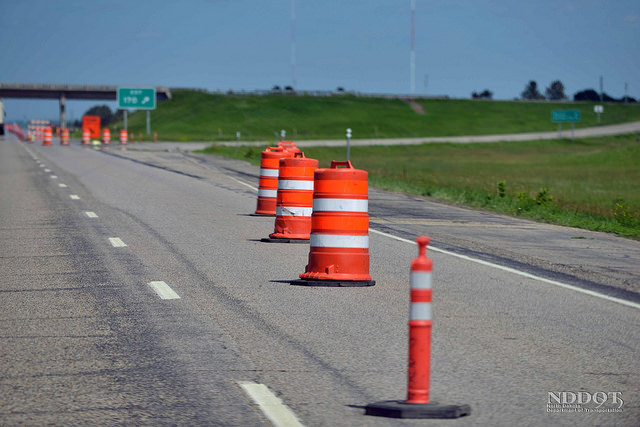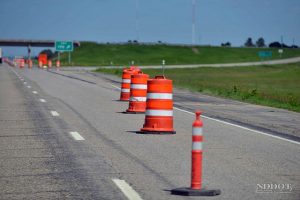
The U.S. Senate is poised to take up a 2017 spending bill that prioritizes funding for transportation infrastructure projects and programs that ensure the safety, efficiency and reliability of the nation’s infrastructure system and encourage economic growth.
The Senate Appropriations Committee last week approved the $56.5 billion FY2017 Transportation, Housing and Urban Development and Related Agencies Appropriation bill. Regarding the transportation spending portion of the bill, committee members said their efforts were geared toward determining where best to use limited taxpayer funding to improve the nation’s infrastructure.
The bill passed by the committee appropriates $16.9 billion in discretionary funding for the U.S. Department of Transportation (USDOT).
TIGER (Transportation Investment Generating Economic Recovery) Grants would get a $25 million boost from the FY2016 spending level. The new bill calls for $525 million for TIGER grants. These competitive grants fund capital investments in surface transportation infrastructure for projects that will have a significant impact on the nation, a metropolitan area or a region. Since 2009, USDOT has awarded nearly $4.6 billion in TIGER funds to 381 projects in all 50 states. Good news for rural communities is that the bill also increases the set-aside for rural projects from 20 percent to 30 percent.
Another $44 billion in transportation spending in the bill would support the Federal-Aid Highway Program. This program, administered by the Federal Highway Administration (FHWA) provides financial assistance for state highway systems through construction, maintenance and operations of the nation’s highway network, from the Interstate Highway System to primary highways and local roads. It also allows continuation of the use of unused earmarks for other needed infrastructure projects.
Funding for all air traffic control personnel, from air traffic controllers to engineers, safety inspectors, maintenance technicians and others, would be funded by a $16.4 billion appropriation to the Federal Aviation Administration (FAA). The appropriation also includes $1 billion for the FAA Next Generation Air Transportation Systems (NextGen) and funding for the Contract Towers program that would benefit air travelers by easing congestion and reducing traveler delays.
Other appropriations in the bill headed to the Senate include:
- Transit – $12.3 billion for the Federal Transit Administration, including $9.7 billion for transit formula grants as well as $2.3 billion for Capital Investment Grants for rapid rail, light rail, bus rapid transit and commuter rail projects planned by local communities.
- Maritime – The Maritime Administration would receive $484 million to address productivity, efficiency and safety at the country’s ports and intermodal water and land transportation. That includes funding for the Maritime Security Program and State Maritime Academies.
- Rail – The $1.7 billion set aside for the Federal Railroad Administration includes $1.4 billion for continuation of service on current Amtrak routes for the Northeast Corridor and National Network. Funding is also included for rail safety and research programs through grant funds.
- Safety – Safety programs and agencies will receive varied amounts of funding, such as $891 million for the National Highway Traffic Safety Administration, $644 million for the Federal Motor Carrier Safety Administration and $259 million for the Pipeline and Hazardous Materials Safety Administration to help address safety concerns related to recent pipeline and crude oil by rail accidents.
Although the bill represents an $827 million decrease from FY2016 funding, committee members say it still makes “important investments” in the nation’s infrastructure. The transportation spending bill could eventually be taken up in tandem with an appropriations bill that comes out of the U.S. House. State and local government officials will be watching this bill closely to see what transportation funding is available to them in the final version. Private-sector firms will also be paying close attention to the bill for opportunities to collaborate with the public sector on a variety of transportation-related projects.

